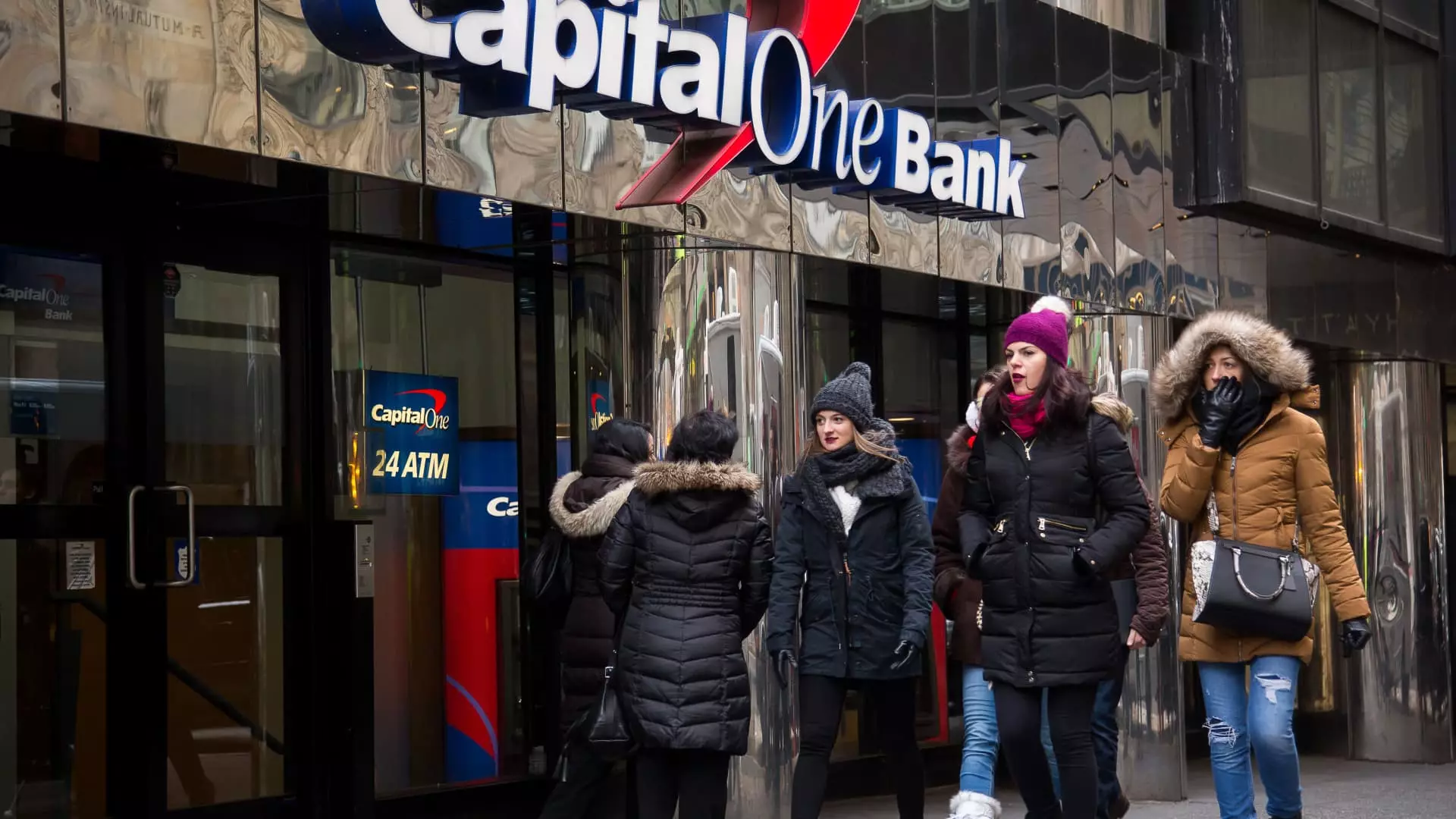On a seemingly ordinary Thursday, Capital One experienced a significant technical disruption that drew the ire of many customers seeking access to their accounts. Users took to the social media platform X to voice their frustrations, indicating that issues with direct deposits and account access were rampant. This outage serves as a reminder of the reliance on technology for banking services and raises concerns about the potential impact on consumers who depend on timely transactions.
The statement released by Capital One confirmed that the bank was confronting a “tech outage” affecting several functions, although the timeline for resolution remained unclear. This lack of information can exacerbate customer anxiety, as users are left in the dark regarding when they can expect their banking services to return to normal.
Central to the issues faced by Capital One was a technical glitch connected to a third-party vendor, Fidelity Information Services (FIS). This dependency on external providers highlights a broader concern in the banking industry—when a vendor encounters difficulties, it can have a cascading effect on banks’ operational stability. FIS acknowledged that the outage stemmed from a local power failure at one of its data centers, hinting at vulnerabilities within the infrastructure that financial institutions rely upon.
While FIS stated it was working diligently to rectify the situation, the lack of detailed communication from the vendor raised eyebrows. Transparency is vital during such incidents, as customers expect their banks to provide clear updates and reassurance when their personal finances are at risk.
Rumors of service interruptions spread quickly, highlighted by monitoring services like Downdetector.com, which reported a spike of approximately 2,000 complaints starting at 6 a.m. ET. As users continued to experience issues throughout the day, public frustration mounted, further fueling the discussion on social media. Despite an initial decline in complaint frequency by mid-morning, reports continued well into the afternoon, reflecting a persistent lack of service for many customers.
This event cannot be seen in isolation, especially considering other recent incidents in the banking sector. Just a day prior, Citibank encountered its own set of challenges, affecting mobile account access and even fraud alert systems. The concurrent nature of these disruptions raises questions about systemic issues within the digital banking landscape and the preparedness of financial institutions to handle such crises.
Compounding the difficulties, Capital One is currently facing allegations from the Consumer Financial Protection Bureau for allegedly misleading customers about its savings-account offerings. Such legal challenges can weaken consumer trust, and an outage only exacerbates the situation. Customers worried about their funds may start to rethink their banking choices, preferring institutions that are more forthright and reliable.
The convergence of technical issues, legal challenges, and customer dissatisfaction underscores a critical moment for Capital One. How the bank responds to this outage—and the communication it offers moving forward—will define its ability to restore confidence among its patrons in the aftermath of this incident. The reliance on technology must be met with robust contingency plans to mitigate such interruptions in the future.

